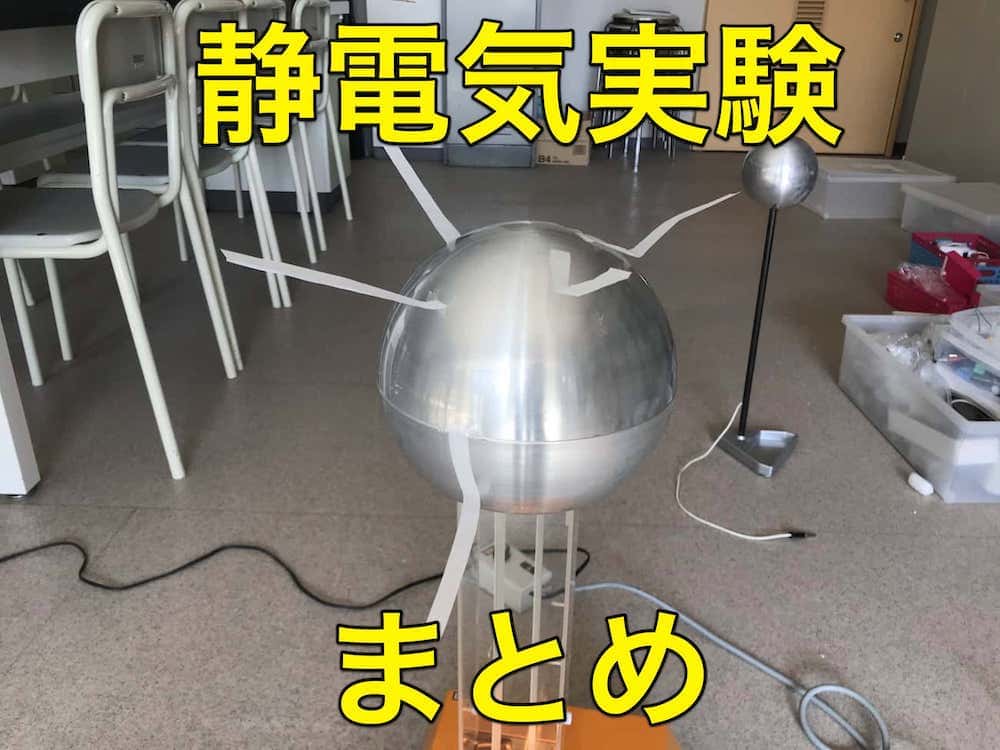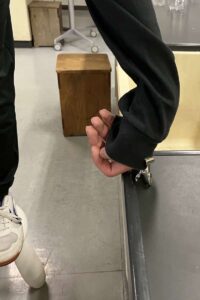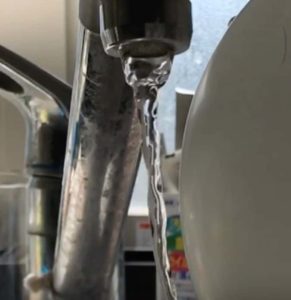We Tested the Viral Staple-in-Sole Static Hack (and the 5,000 Volt Truth)
I’m Ken Kuwako, a Science Trainer. Every day is an experiment!
“Zap!” The moment you touch a doorknob. “Crackle, crackle…” when you pull off a sweater. Static electricity plagues many of us during the dry winter months. But what if I told you that uncomfortable shock could be defeated with something as common as a simple staple?
“That sounds like a total urban legend, right?”
You might think so. I did too! This is the record of an adventure where, thanks to a TV show request, I teamed up with my science club students to seriously investigate the truth behind this bizarre life hack.
The TV Challenge: Debunking an Urban Legend with Science
It all started with a request from the staff of “THE TO-PA FILE,” a popular Nippon TV show, which aired on February 8, 2024. The claim they wanted to verify was:
“Sticking staples into the soles of your shoes prevents static electricity from building up.”
A truly eyebrow-raising life hack. But a challenge like that is bound to ignite the spirit of any science enthusiast! When you think about it, the theory might hold water: if you drive a highly conductive metal (the staple) into a non-conductive rubber sole, it could create a path for electricity to flow more easily to the ground, preventing static build-up.
We had to test it! Immediately, I, along with the students of the Science Club at Chiba University Junior High School—where I serve as an advisor—began the experiment to verify this urban legend.
Junior High Scientists on a Mission: The Experiment Begins
With the eager science club members, we prepared the following for our test:
1. What We Used
A regular pair of sneakers.
A pair of sneakers with several staples carefully inserted into the rubber soles (safety first!).
A “Van de Graaff generator” to artificially create static electricity.
A “Static Electricity Meter” to measure the amount of static charge built up on a person.
2. The Procedure The experiment was straightforward:
Wearing each pair of shoes, we used the Van de Graaff generator to build up static electricity on the body.
We measured the voltage (amount of static charge) accumulated.
We compared the accumulated voltage between the “regular shoes” and the “stapled shoes.”
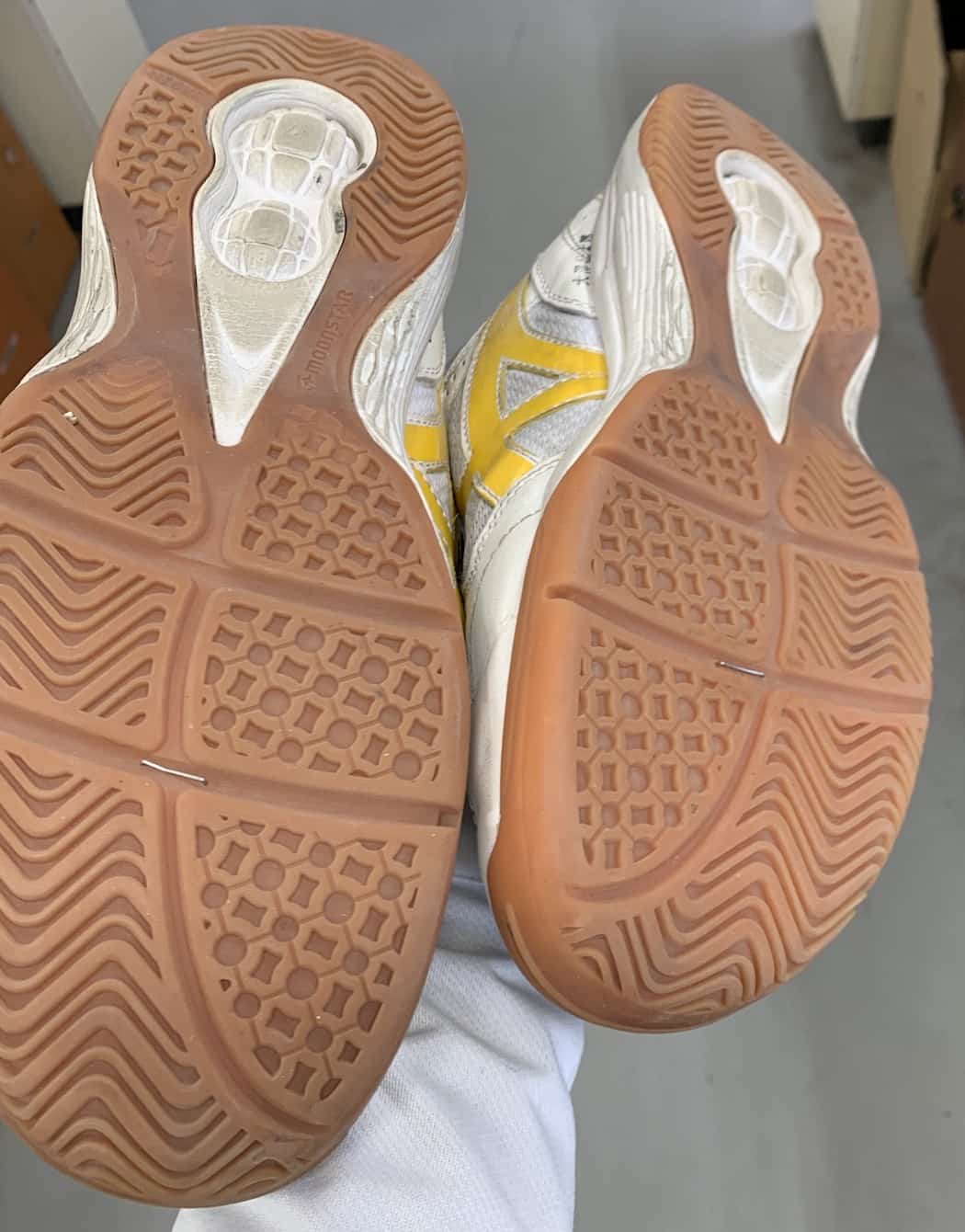
The students’ eyes were fixed on the meter. “Will there really be a difference?” they wondered, a mix of skepticism and excitement in their gaze. And then came the shocking result…
The Jaw-Dropping Result: A Difference of 5,000 Volts!
The measurement results far exceeded our expectations.
With Regular Shoes: 17.6 kV (about 17,600 volts)
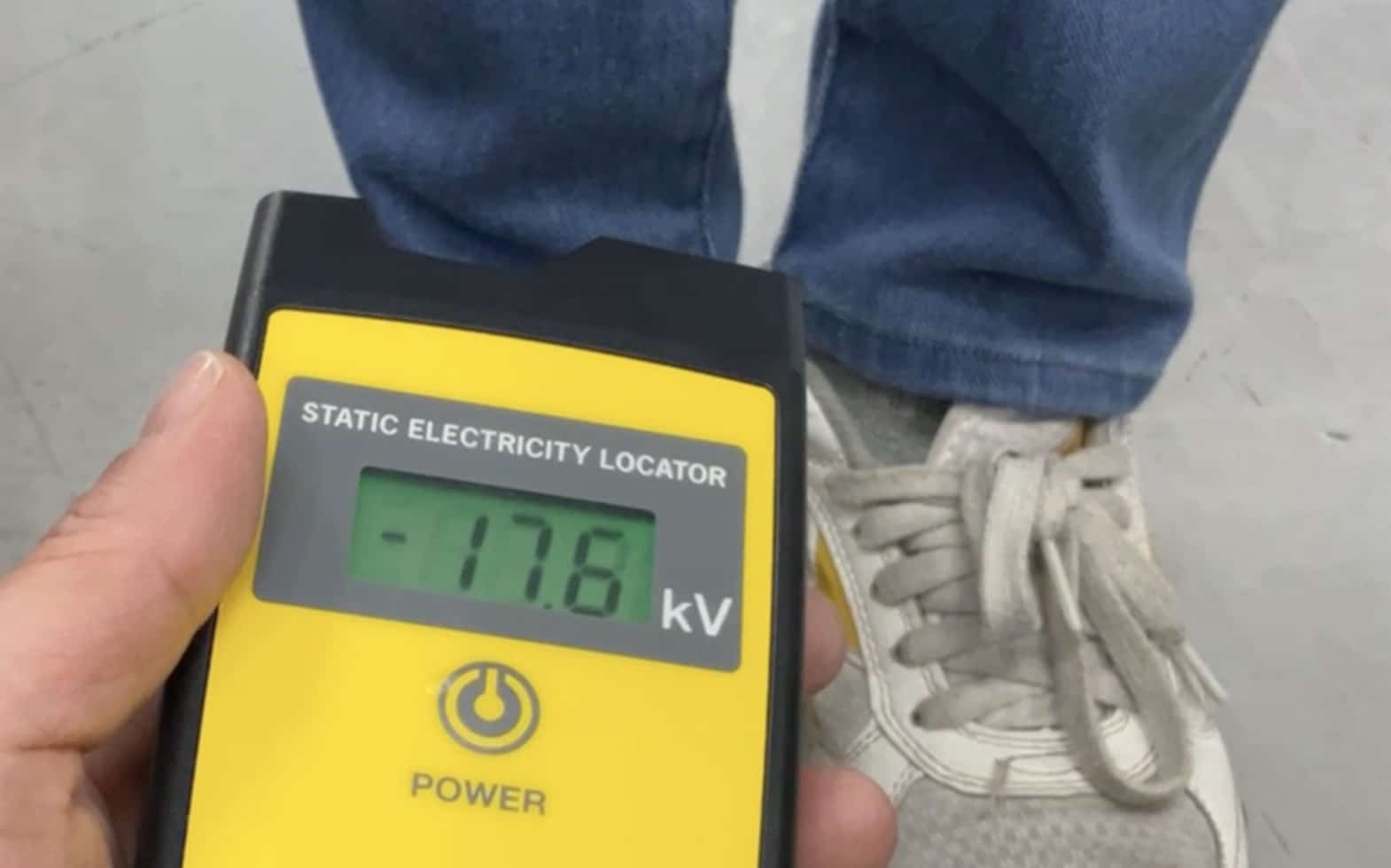
With Stapled Shoes: 12.7 kV (about 12,700 volts)
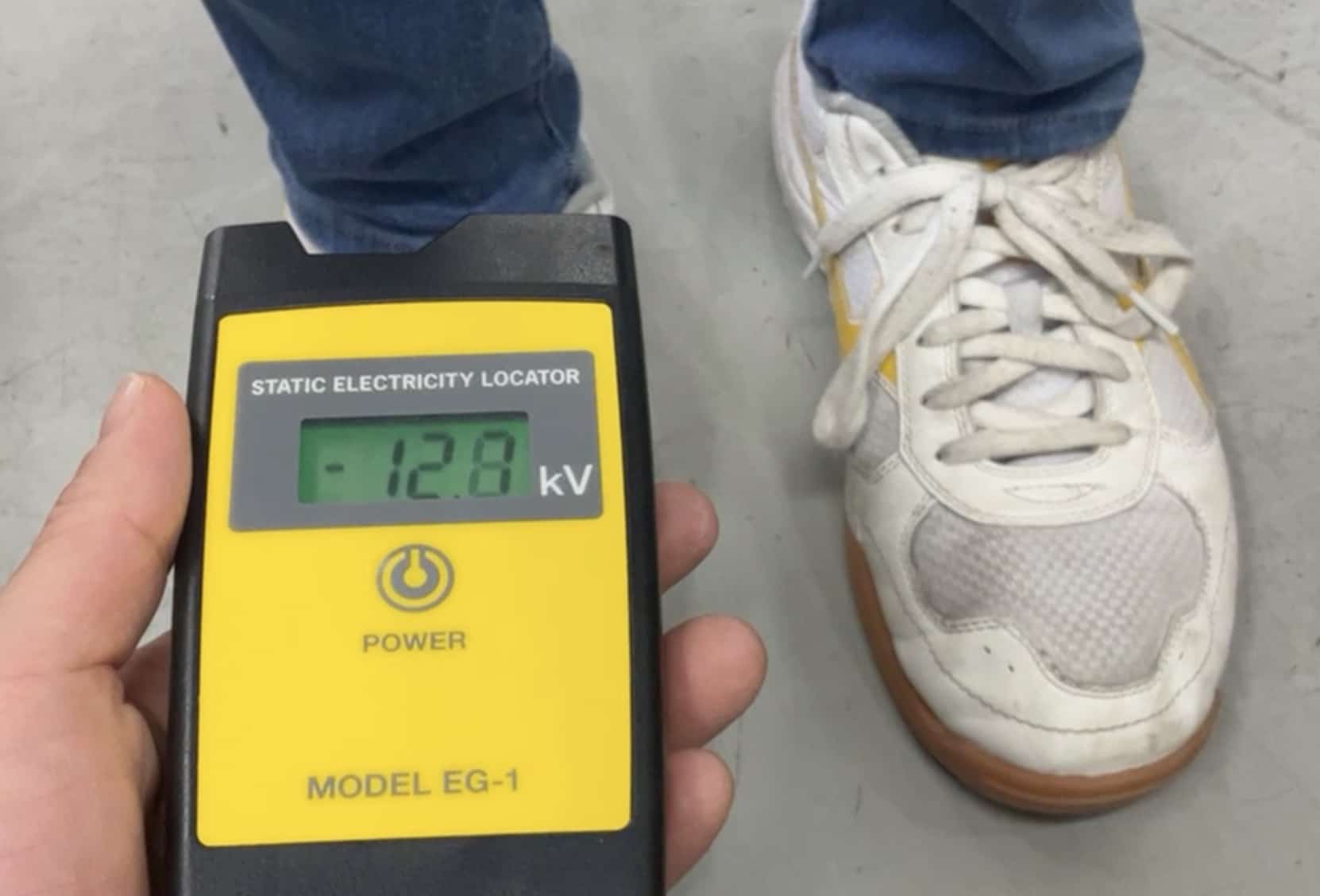
The difference? A staggering 5,000 volts!
The experiment proved it: by simply inserting a few staples, the amount of static electricity accumulated on the body was significantly reduced. The urban legend was TRUE!
The Science Behind the Hack: A Tiny Escape Route for Electricity
So, how can mere staples make such a huge difference? The secret lies in the properties of “conductors” and “insulators.”
Our bodies are constantly generating electricity through friction. The rubber commonly used in shoe soles is an “insulator,” meaning it resists the flow of electricity. As a result, the generated static electricity has nowhere to go and accumulates on our bodies.
But what happens when you insert a metal staple, a good “conductor” of electricity? The staple pierces the rubber and creates a tiny, albeit imperfect, “pathway” for electricity between your body and the ground. This allows the electricity to be slowly discharged into the air from the tip of the staple (a phenomenon called corona discharge) or channeled into the ground before too much can build up.
The static-dissipation pads at gas stations and the lightning rods on buildings use similar principles to safely discharge electricity. It was a wonderful moment where an everyday phenomenon connected with a major scientific principle.
The TV Broadcast and the Joy of Science
We shared these intriguing experimental results—along with photos and data—with the TV staff, and the segment was successfully broadcast on “THE TO-PA FILE”! The students were thrilled to see “Chiba University Junior High School Science Club” scroll across the end credits. It was a fantastic experience for them to have their research featured on television.
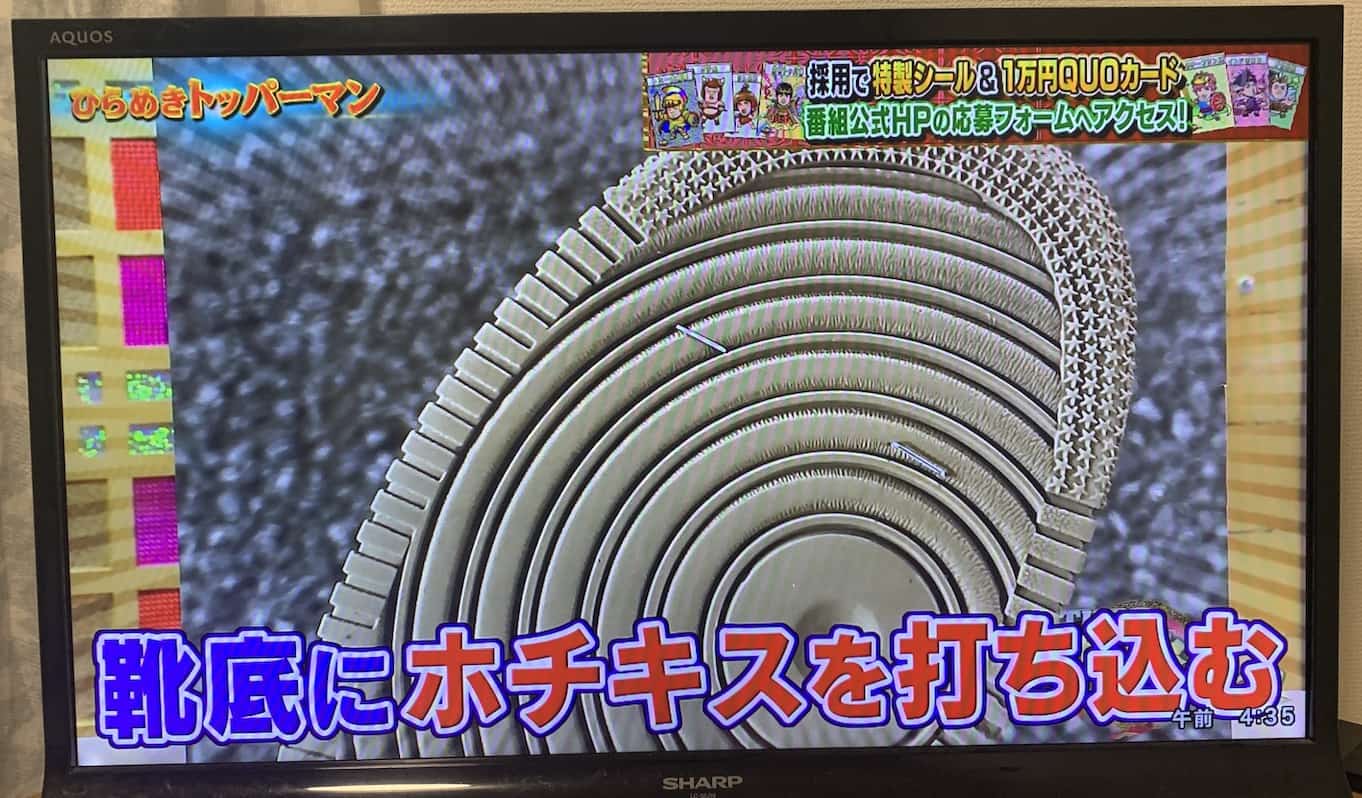
This verification served as an excellent teaching tool for the topics of “static electricity” and “material properties (conductors/insulators)” covered in junior high science. It reconfirmed a valuable lesson: that the “why?” behind everyday life is the perfect entry point into the world of science.
(*A quick note if you decide to try this: Water may seep in on rainy days where the staples are inserted, so please proceed at your own risk!)
I’ll continue to explore the fascinating science hidden in our daily lives!
Inquiries and Requests
Let’s make the wonder and fun of science more accessible! I’ve put together easy-to-understand explanations of fun science experiments you can do at home. Feel free to search around!
The content of my science notebook has been published in a book. More details here.
Find out more about me, the operator Ken Kuwako, here.
For various requests (writing, lectures, science workshops, TV supervision/appearances, etc.), click here. * Updates on articles are available on X!
![]() The Science Channel streams experiment videos!
The Science Channel streams experiment videos!

